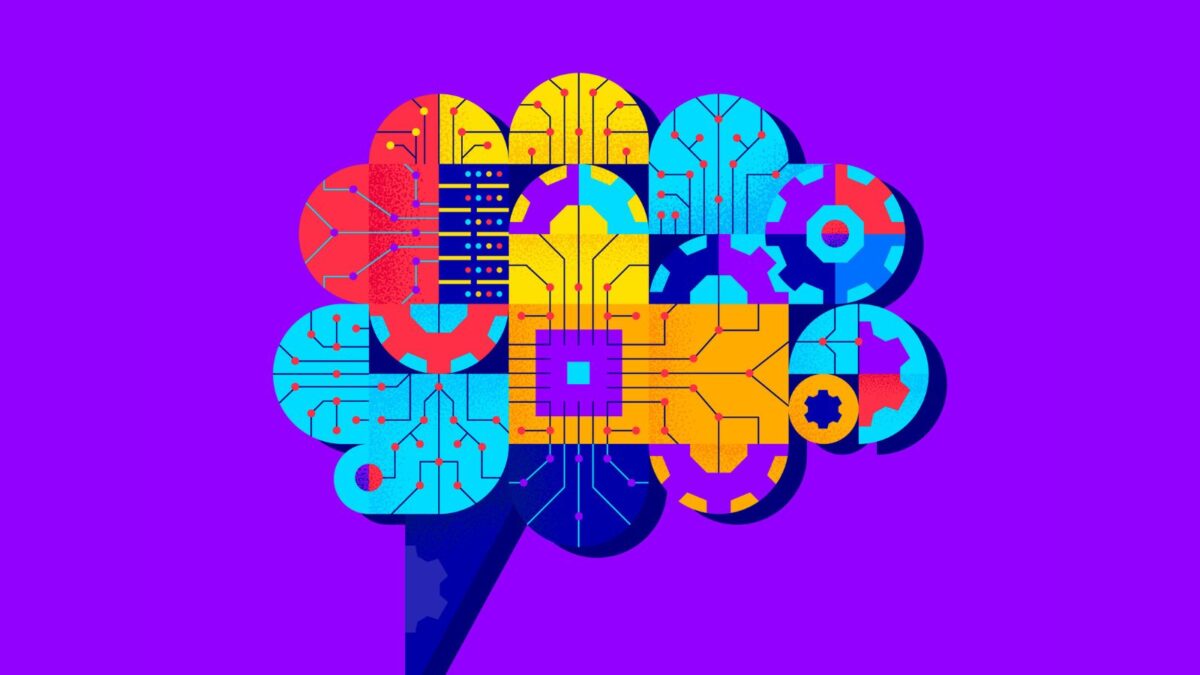Balancing the promise and perils of AI
AI – or machine learning – is not new. Humans have been automating work for nearly 300 years, with the industrial revolution supporting the transition from creating goods by hand to using machines. What has changed in recent years, however, is the explosion in the amount of data and computing power available, allowing researchers to build far more powerful models than previously thought possible.
AI will soon be able to do many things we thought only humans could do and do many things that humans simply cannot do. However, the difference between ‘tourist’ users and those that have been trained to use AI is profound. Proficiency at prompting is key; much like accessing a database, speaking the appropriate query language is vital to ensure accurate results.
AI is no longer just a tech story
From an investment perspective, AI use cases have been relatively narrow and focused on the technology sector – the advent of targeted adverts, for instance – with the large incumbent tech firms the main winners to date. But open source – code that is more widely available – has allowed companies across many more sectors to make advances, and governments are also investing as they view AI as an engine of growth. Major tech firms are investing heavily to capture some of this growth potential.
But we find that investors typically overestimate technology in the short term, and underestimate tech in the long term. Valuations can therefore become disconnected from reality, as we saw most famously with the dotcom crash, and are arguably seeing today. With AI, financial markets are shooting first and asking questions later. Companies perceived as being at risk of disruption, e.g., those running outsourced call centres, have been derated significantly regardless of their earnings dynamics. In contrast, companies that are helping governments and businesses to implement AI today are seeing a re-rating.
There are many companies caught in the middle, at times viewed as victims of disruption and at times viewed as opportunities to tap into the AI theme, with market valuations oscillating accordingly. Looking further ahead, we think that uncovering the picks and shovels in addition to select software businesses that can monetise their products through subscription models will lead to the best outcomes for investors. Infrastructure companies are often enduring winners, as they are businesses that will benefit regardless of the ultimate destination. So far, for instance, returns have been concentrated into semiconductors – the likes of Nvidia, which sells graphic processing units (GPUs) – but if history is a guide, returns are typically shared out over the longer term.
This is precisely how we approach AI, while sticking rigidly to the quality characteristics that define our universe. A company must have high quality profits, attractive growth rates, superior profitability and low leverage for us to consider inclusion to our portfolio. Encouragingly, many of our holdings are exploring and investing in exciting ways to use AI, be it in payments and fintech, and health and beauty or within the software space itself.
It is worth highlighting a few companies in the top 10 of the Global Franchise portfolio, where we have meaningfully sized positions and where AI is an even stronger theme. Microsoft is a leader in generative AI and is the platform of choice on which AI driven products and services are being built. Azure AI provides key cloud-based infrastructure and services for AI models, and Microsoft has leveraged its strong partnership with OpenAI to integrate advanced AI models across its product offering using their Copilot suite of tools.
ASML is the monopoly provider of mission-critical equipment used by computer chip manufacturing companies such as TSMC, Samsung and Intel. Without this equipment, computer chip manufacturers would not be able to produce the advanced chips required to power AI and this has been a key growth driver for the business. Alphabet was an AI pioneer, acquiring DeepMind in 2015 and developing the Transformer network architecture that has been a key element in the growth of generative AI. Similar to Microsoft Azure, Google Cloud Platform provides infrastructure and services for AI models and through its own AI tool, Gemini, the company is integrating AI solutions across a wide range of applications.
Overall, we believe we have meaningful exposure to the AI theme. Importantly, we believe this exposure to be higher quality, more diversified and more sustainable than a concentrated bet in stocks entirely dependent on AI spending where performance has run hard recently.










